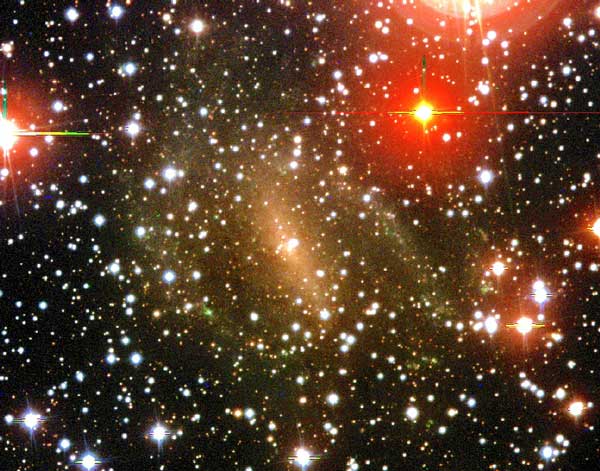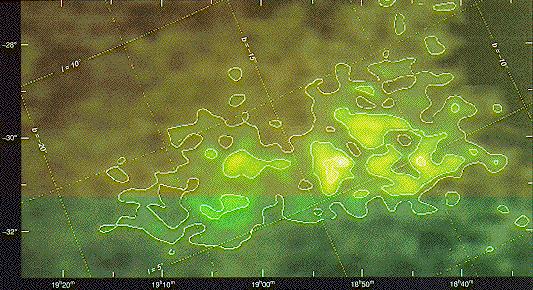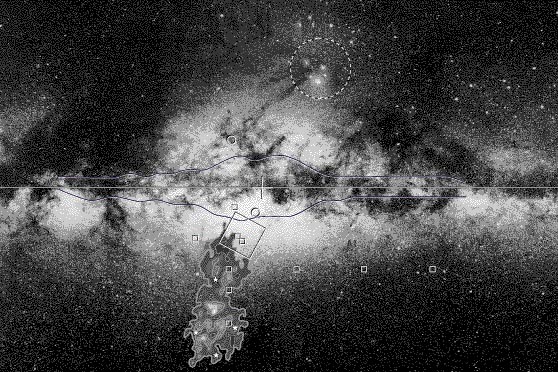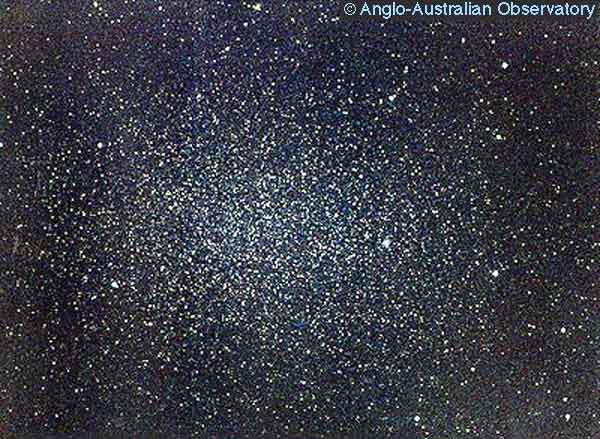Astronomy Picture of the Day
Discover the cosmos! Each day a different image or photograph of our fascinating universe is featured, along with a brief explanation written by a professional astronomer.
Posted on 07/27/2003 12:13:56 AM PDT by petuniasevan
Discover the cosmos! Each day a different image or photograph of our fascinating universe is featured, along with a brief explanation written by a professional astronomer.
Explanation: Our Milky Way Galaxy is not alone. It is part of a gathering of about 50 galaxies known as the Local Group. Members include the Great Andromeda Galaxy (M31), M32, M33, the Large Magellanic Cloud, the Small Magellanic Cloud, Dwingeloo 1, several small irregular galaxies, and many dwarf elliptical and dwarf spheroidal galaxies. Pictured above is the Aquarius Dwarf, a faint dwarf irregular galaxy over 3 million light years away. An earlier APOD erroneously identified the above image as the Sagittarius Dwarf.

In the image below: see the galaxy hiding behind all the stellar images? Look closely for galaxy Dwingeloo I.

Dwingeloo I appears to be a barred spiral about 5 times the distance of M31. It appears to be in the Maffei Group.
The image below shows a star density contour map. The areas of greater density mark the location of the CLOSEST galaxy to our own: the Sagittarius Dwarf Elliptical Galaxy. At 80,000 light-years from our side of the Milky Way, it is way too close to our much larger galaxy and is being tidally disrupted (torn apart).

It was only discovered 9 years ago. The combination image/schematic below shows its location relative to the Milky Way. It is the irregular area below the hub of our galaxy:

And this is Leo I, perhaps the most distant dwarf spheroidal galaxy orbiting our own Milky Way.

It appears to be around 800,000 light-years away.

Disclaimer: Opinions posted on Free Republic are those of the individual posters and do not necessarily represent the opinion of Free Republic or its management. All materials posted herein are protected by copyright law and the exemption for fair use of copyrighted works.